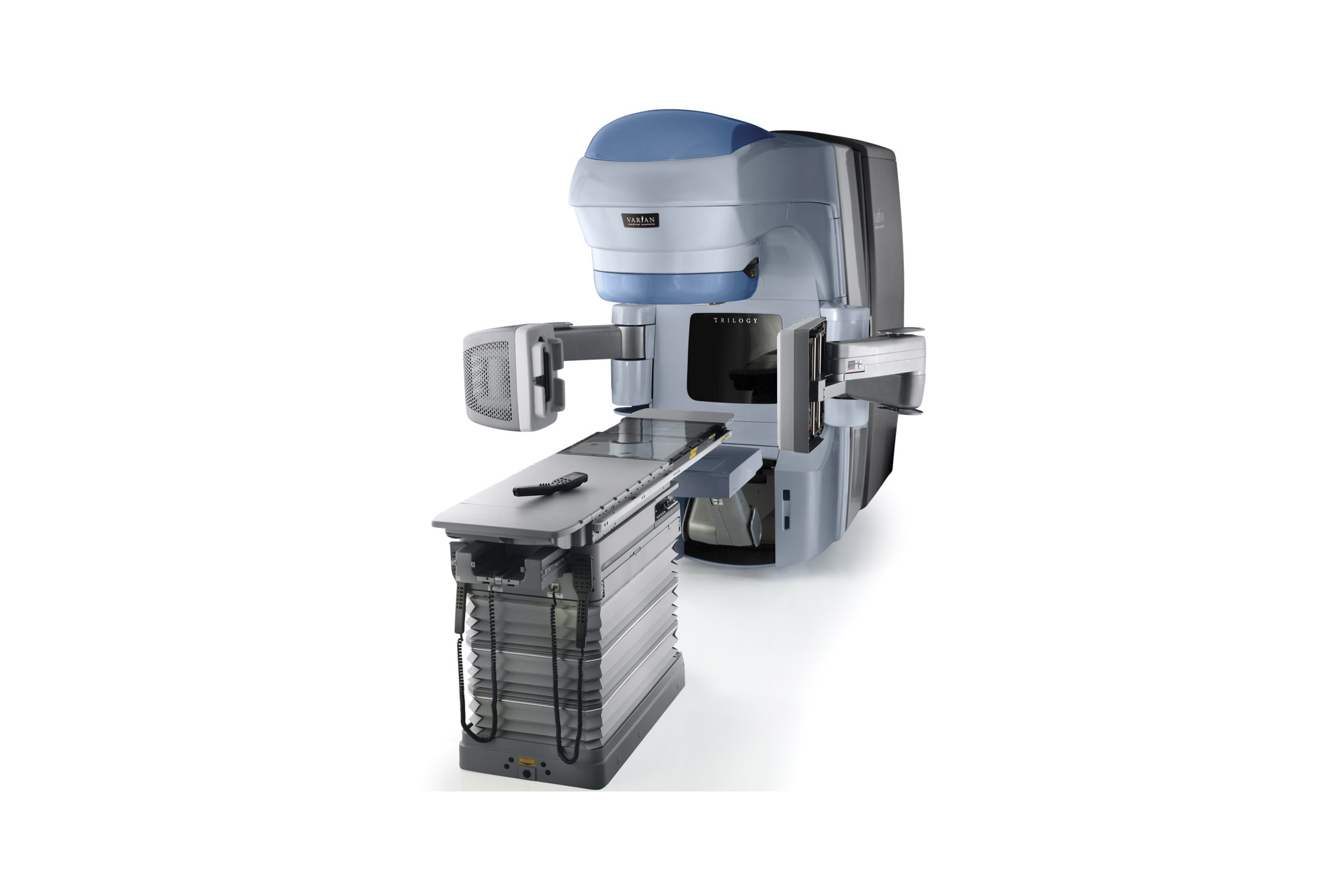Product manufacturers may look to injection molding when they need to produce custom parts. However, there are several processes available for producing plastic parts. Depending on the size of the part, the geometric design, the functionality, the quantity required, and the capital expenditure budget, RIM (Reaction Injection Molding) may be a better option.
Though these two molding processes are similar, they are also very different – here are a few of the key differentiations.
The Processes
The Reaction Injection Molding (RIM) process uses a sophisticated closed circuit dispensing machine to mix two-component non-viscous liquid polyurethane materials (a polyol and isocyanate) at high-pressure within the mix-heads mixing chamber. This combined material is then injected into machined aluminum tooling at low pressure and low temperature.
The Plastic Injection Molding (PIM) process uses an injection machine to melt plastic resin pellets into a viscous molten material which is then injected, at high pressure and high temperature, into steel tooling.
Design Benefits
Reaction Injection Molding (RIM) is perfect for large, light weight parts with varied wall thickness and unique geometric design. Additionally, RIM’s molding functionality allows for the combining of several parts into one part and easily accommodates over-molding materials like sheet metal, steel, circuitry, valves, etc.
Injection Molding is perfect for small parts and high volumes. The more simplistic the design, the better the efficiency for production.
Cost Benefits
There are several cost benefits to using the RIM process:
- RIM uses machined aluminum tools that can easily be modified for subsequent design changes. The cost of aluminum tooling is significantly less than steel tooling, used in injection molding, and there is little to no maintenance.
- Aluminum is easier to machine than steel allowing the RIM process to bring a product to market much faster than injection molding.
- The RIM process uses non-viscous liquids which allow for several smaller parts to be molded into one larger part thereby reducing the costs associated with inventory management and assembly.
- Unique design features, including over-molding increase the functionality and eliminate potential assembly labor.
However, because the RIM process is better suited for larger parts, the per part cost will be higher than injection molding.
Injection Molding requires steel tools in order to accommodate the process of high pressures, high temperatures and highly viscous material. While the capital expenditures and lead-times are significantly higher and longer than RIM Molding, the rugged steel tools allow for faster processing of parts resulting in a significantly lower part cost than RIM.
Experience the Advantages of RIM Processes
For more than four decades, RIM has been optimizing Reaction Injection Molding for various industries.
We produce high-quality plastic components to help our customers achieve their business goals and objectives.

